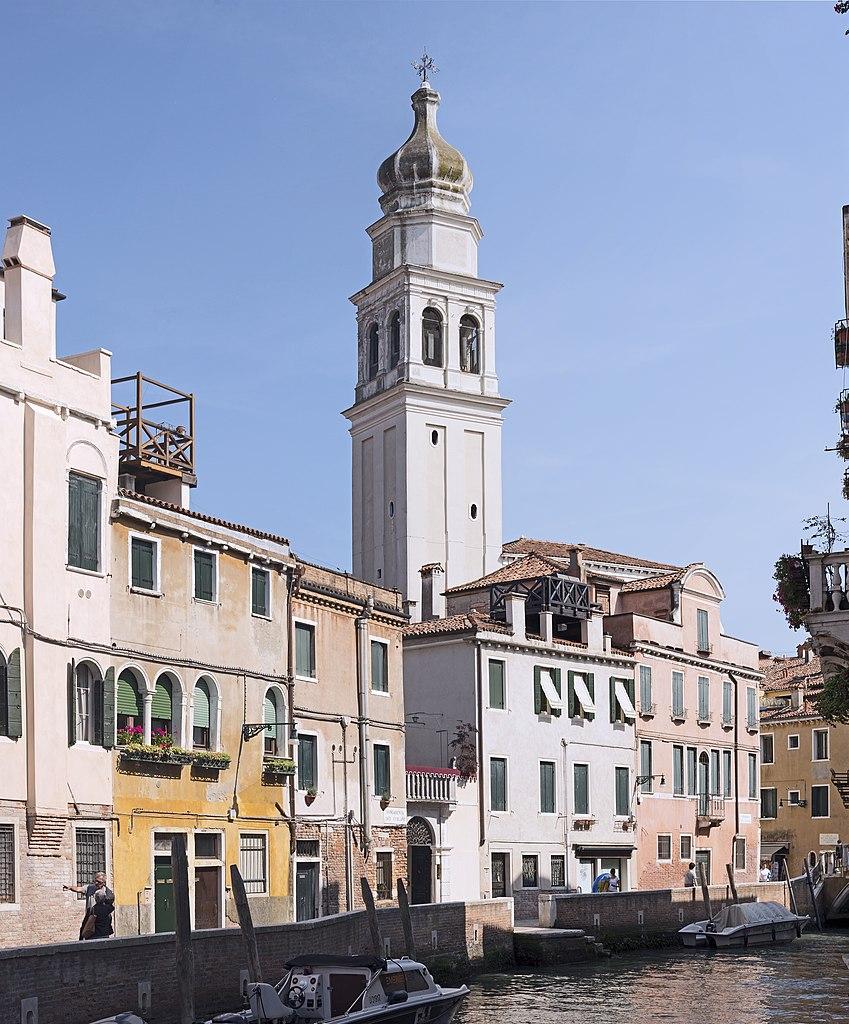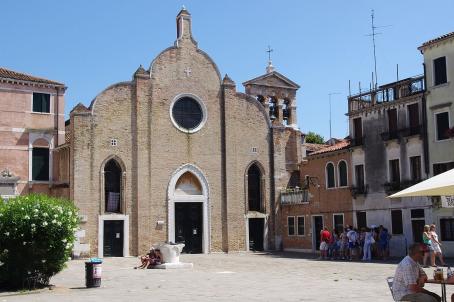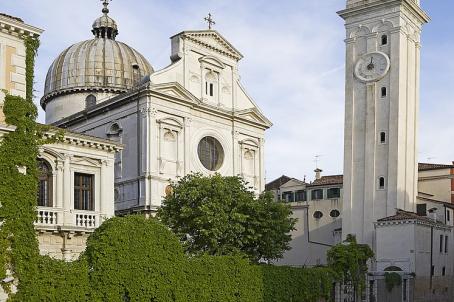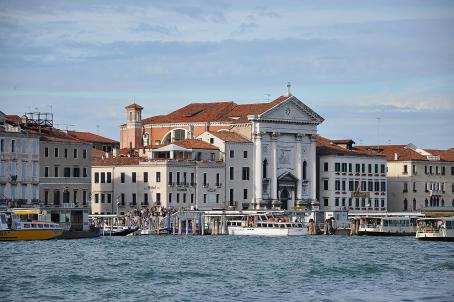Chiesa di Sant'Antonin
The church of Sant'Antonino martire is first mentioned in the 12th century. It is believed that the church of Sant'Antonino was first rebuilt in the Venetian-Byzantine style between the 12th and 13th centuries. It then underwent various reconstructions that gave it a Gothic appearance. In the second half of the 17th century, it was completely rebuilt according to a project attributed to Baldassare Longhena, who was in fact the supervisor of the work. The bell tower was completed in 1750, apparently to a design by the parish priest of the time, Antonio Fusarini.






